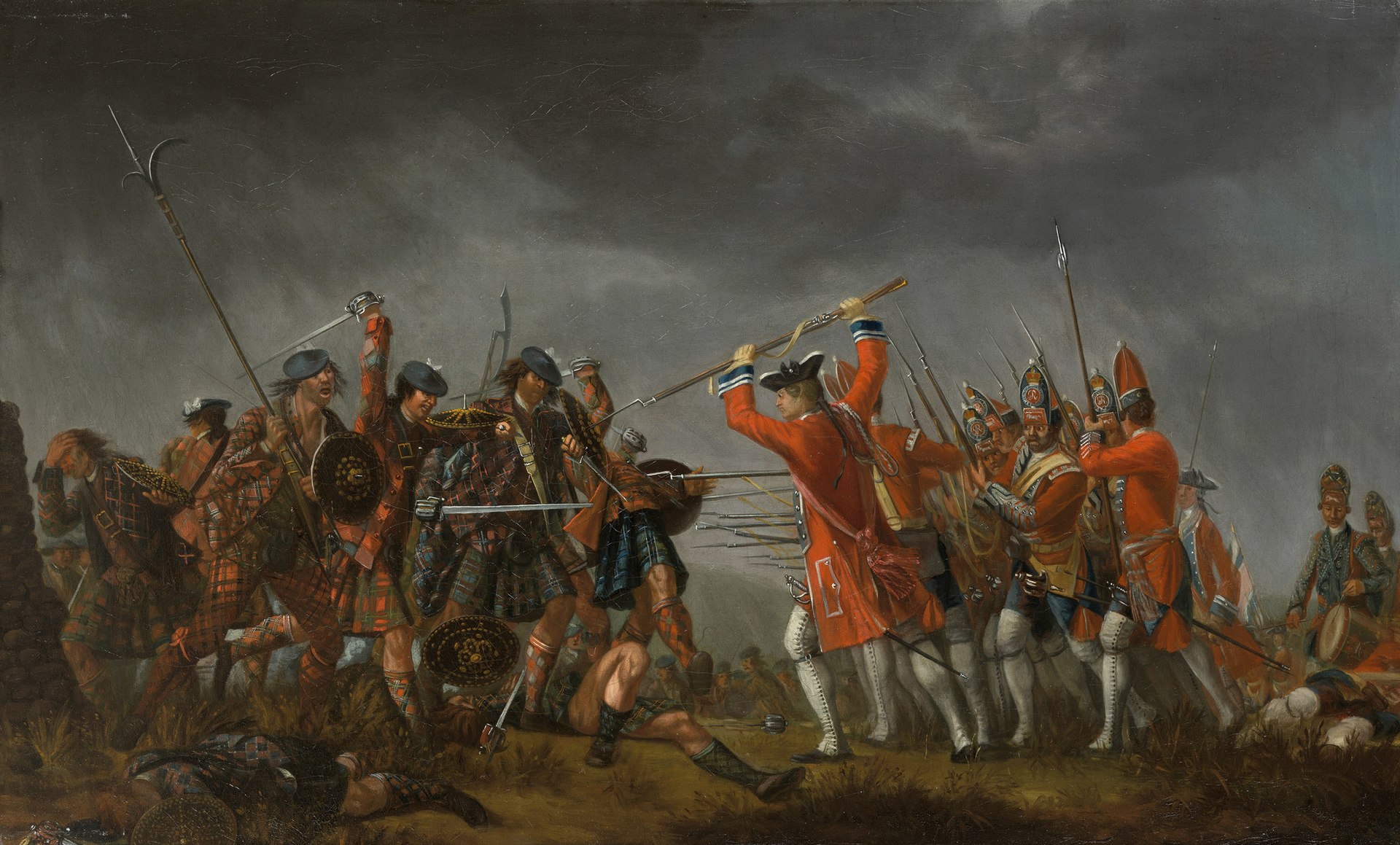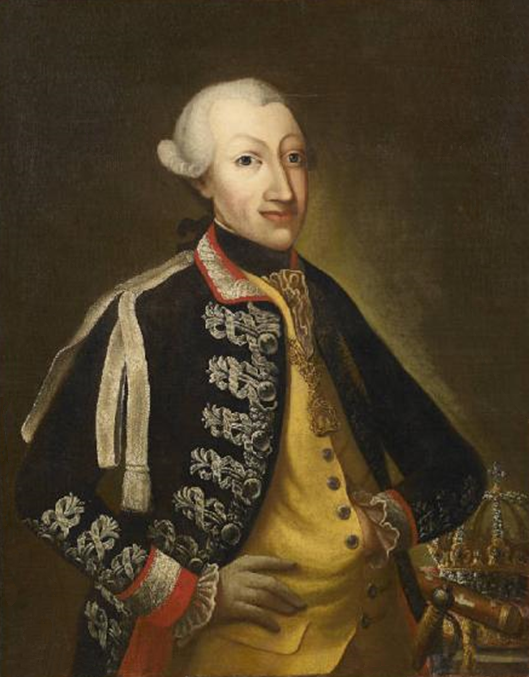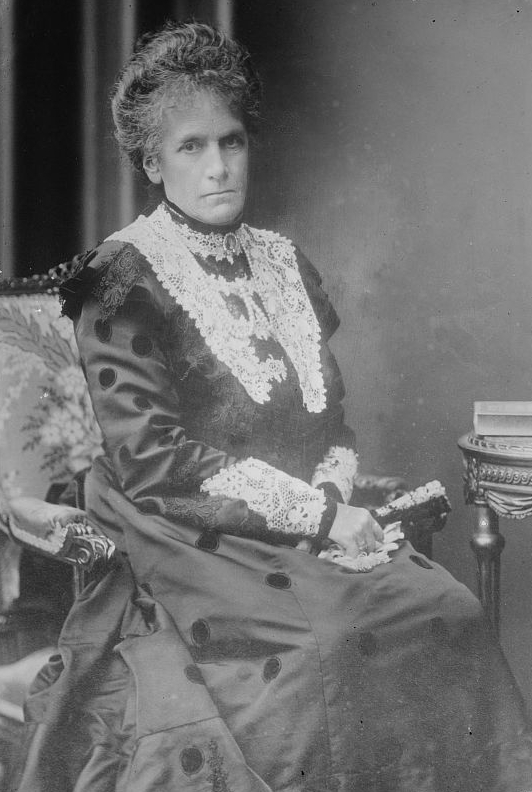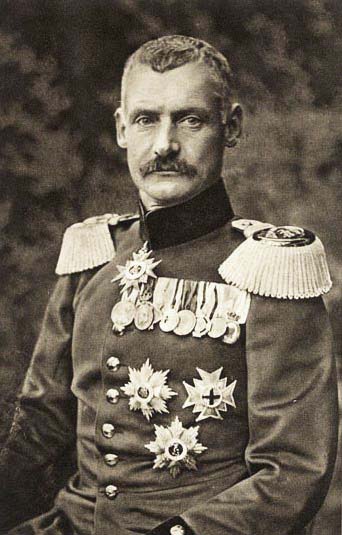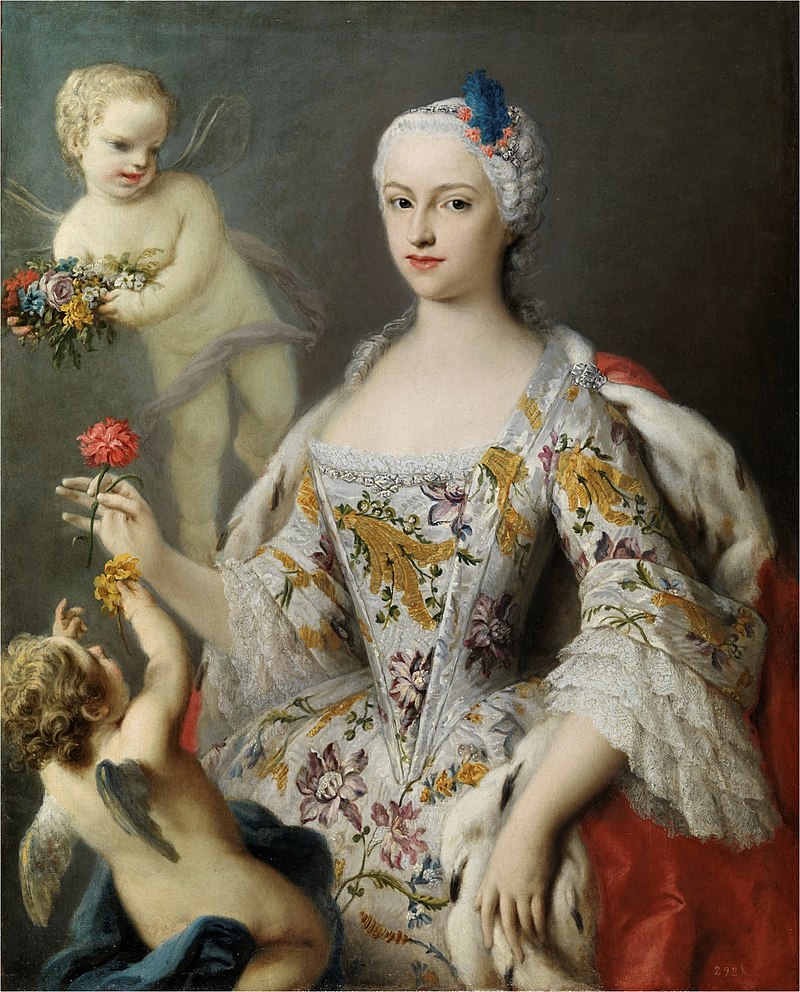by Susan Flantzer
© Unofficial Royalty 2021
The Kingdom of Sardinia: The House of Savoy had been Counts and then Dukes of Savoy, since the 11th century and ruled from the city of Turin, now in northern Italy. Vittorio Amedeo II, Duke of Savoy became King of Sicily in 1713 as a result of his participation in the War of the Spanish Succession. However, in 1720, Vittoria Amedeo II was forced to exchange the Kingdom of Sicily for the less important Kingdom of Sardinia after objections from the Quadruple Alliance (Great Britain, France, Habsburg Austria, and the Dutch Republic).
Sardinia, now in Italy, is the second-largest island in the Mediterranean Sea after Sicily, also now in Italy, but the Kings of Sardinia of the House of Savoy ruled from Turin, the capital of the Duchy of Savoy. They styled themselves as Kings of Sardinia because the title was superior to their original lesser title as Dukes of Savoy. However, they retained the regnal numerical order of the Dukes of Savoy.
Vittorio Emanuele II became the last King of Sardinia upon the abdication of his father in 1849. He then became a driving force behind the Italian unification movement along with Giuseppe Garibaldi, a general and nationalist, and Giuseppe Mazzini, a politician and journalist. Garibaldi conquered Naples and Sicily, the territories of the Kingdom of Two Sicilies, while the Sardinian troops occupied the central territories of the Italian peninsula, except Rome and part of Papal States. With all the newly acquired land, Vittorio Emanuele II was proclaimed the first King of the new, united Kingdom of Italy in 1861.
Note: Children of Kings of Sardinia were often styled “of Savoy” as their fathers were also Dukes of Savoy from the House of Savoy.
********************

Vittorio Emanuele I, King of Sardinia; Credit – Wikipedia
Vittorio Emanuele I reigned as King of Sardinia from the abdication of his elder brother Carlo Emanuele IV, King of Sardinia in 1802 until his own abdication in 1821 in favor of his younger brother Carlo Felice, King of Sardinia. He was also the Jacobite pretender to the thrones of England and Scotland from 1819 – 1824 (see below). Born on July 24, 1759, at Royal Palace in Turin, Duchy of Savoy, now in Italy, Vittorio Emanuele was the third but the second surviving of the six sons and the seventh of the twelve children of Vittorio Amedeo III, King of Sardinia and Maria Antonia Ferdinanda of Spain. His paternal grandparents were Carlo Emanuele III, King of Sardinia and his second wife Polyxena of Hesse-Rheinfels-Rotenburg. Felipe V, King of Spain, who was born Philippe of France, Duke of Anjou, the grandson of King Louis XIV of France, and his second wife Elisabeth Farnese of Parma were his maternal grandparents.
Vittorio Emanuele had eleven siblings including two brothers who were also Kings of Sardinia. Two of his sisters were married to younger brothers of King Louis XVI of France and later were also Kings of France.
- Carlo Emanuele IV, King of Sardinia (1751 – 1819), married Princess Marie Clotilde of France, no children
- Maria Elisabetta Carlotta of Savoy (1752 – 1755), died in childhood
- Maria Giuseppina of Savoy (1753 – 1810) married Louis Stanislas, Count of Provence, the future King Louis XVIII of France, no children, died before her husband became King of France
- Amedeo Alessandro of Savoy (1754 – 1755), died in infancy
- Maria Teresa of Savoy (1756 – 1805), married Charles, Count of Artois, the future King Charles X of France, had four children, died before her husband became King of France
- Maria Anna of Savoy (1757 – 1824), married her uncle Prince Benedetto of Savoy, no issue
- Maria Cristina Ferdinanda of Savoy (1760 – 1768), died in childhood
- Maurizio of Savoy, Duke of Montferrat (1762 – 1799) died unmarried from malaria
- Maria Carolina of Savoy (1764 – 1782), married Anton, Electoral Prince of Saxony, no issue, Maria Carolina died from smallpox, her husband became King of Saxony after her death
- Carlo Felice, King of Sardinia (1765 – 1831), married Princess Maria Cristina of Naples and Sicily, no children
- Giuseppe of Savoy, Count of Asti (1766 – 1802), died unmarried from malaria

Maria Theresa of Austria-Este; Credit – Wikipedia
Vittorio Emanuele had reached his late 20s and was still unmarried. Fifteen-year-old Maria Theresa of Austria-Este, named after her paternal grandmother Maria Theresa, in her own right Archduchess of Austria, Queen of Hungary, Croatia, and Bohemia, by marriage Duchess of Lorraine, Grand Duchess of Tuscany and Holy Roman Empress, was chosen to marry the 29-year-old Vittorio Emanuele. Maria Theresa was the eldest daughter of Archduke Ferdinand Karl of Austria-Este, Governor of the Duchy of Milan and Maria Beatrice d’Este, heir to the Duchy of Modena. The proxy wedding took place on June 29, 1788, in Milan. On April 25, 1789 in Novara, Piedmont, Duchy of Savoy, Vittorio Emanuele and Maria Theresa were married in person.

Vittorio Emanuele, Maria Theresa, and their daughters: twins Maria Teresa and Maria Anna and Maria Cristina; Credit – Wikipedia
Vittorio Emanuele and Maria Theresa had six daughters and one son:
- Maria Beatrice of Savoy (1792 – 1840), married her uncle Francesco IV, Duke of Modena, had four children
- Maria Adelaide of Savoy (1794 – 1795), died in infancy
- Carlo Emanuele of Savoy (1796 – 1799) died in early childhood from smallpox
- A daughter (1800 – 1801), died in infancy
- Maria Teresa of Savoy (1803 – 1879), twin of Maria Anna, married Carlo II Ludovico, Duke of Parma, had two children
- Maria Anna of Savoy (1803 – 1884), twin of Maria Teresa, married Ferdinand I, Emperor of Austria, no children
- Maria Cristina of Savoy (1812 – 1836), married Ferdinando II, King of the Two Sicilies, had one son, died due to childbirth complications, in 2014 she was beatified by Pope Francis and is known as Blessed Maria Cristina of Savoy
Vittorio Emanuele’s elder brother Carlo Emanuele IV succeeded to the throne upon the death of his father Vittorio Amedeo III in 1796. The new king inherited an economically damaged kingdom because of the results of the 1796 Treaty of Paris. During Napoleon‘s Italian campaign, Vittorio Amedeo III’s troops were defeated by the French at the 1796 Battle of Millessimo. Vittorio Amedeo III was forced to sign the 1796 Treaty of Paris which stipulated that he recognize the French Republic, cede the original Duchy of Savoy and the County of Nice to France, and give the French Army free passage through his territory towards the rest of Italy

Vittorio Emanuele I, King of Sardinia in his coronation robes; Credit- Wikipedia
In 1798, the French occupied Turin, the capital of the Duchy of Savoy, and forced Carlo Emanuele IV to give up all his territories on the Italian mainland. Carlo Emanuele IV withdrew to the island of Sardinia in 1799. When his beloved wife Marie Clotilde died from typhoid fever on March 7, 1802, Carlo Emanuele IV was so upset by her death that he decided to abdicate. He left the throne of Sardinia to his brother who reigned as Vittorio Emanuele I, King of Sardinia. However, Carlo Emanuele IV retained the Duchy of Savoy and settled in Rome and the nearby town of Frascati, both now in Italy.
In 1814, during the reign of Vittorio Emanuele I, two-thirds of Savoy was restored to the Kingdom of Sardinia following Napoleon’s abdication. In addition, in 1815, the Congress of Vienna annexed the territory of the Republic of Genoa to the Kingdom of Sardinia. After the death of his brother Carlo Emanuele in 1819, the Duchy of Savoy, which had been retained by Carlo Emanuele when he abdicated the Kingdom of Sardinia, was restored to Vittorio Emanuele.

Henrietta of England, Duchess of Orléans, Vittorio Emanuele’s great-great-grandmother; Credit – Wikipedia
As the senior surviving descendant of Henrietta of England, Duchess of Orléans, daughter of King Charles I of England and sister of James II, King of England/James VII, King of Scots, Vittorio Emanuele I became the Jacobite pretender to the thrones of England and Scotland after the death of his brother Carlo Emanuele in 1819. James II had been deposed by the Glorious Revolution in 1688. The goal of the Jacobites was to restore the Roman Catholic heirs of King James II of England/VII of Scotland to the thrones of England and Scotland. However, unlike the Stuart Jacobite pretenders – James II’s son James Edward Francis Stuart and James II’s grandsons Charles Edward Stuart and Cardinal Henry Benedict Stuart – none of the later Jacobite pretenders ever claimed the title.
James II’s last legitimate Stuart descendant Cardinal Henry Benedict Stuart died in 1807. There were no surviving siblings of King James II/VII, son of King Charles I of England, or their legitimate descendants, except for the descendants of his youngest sister Henrietta of England, Duchess of Orléans. Henrietta married Philippe I, Duke of Orléans and they had one son who died in infancy and two daughters. Only their daughter Anne Marie d’Orléans, who married Vittorio Amedeo II, King of Sardinia, had children and so the Jacobite line of succession proceeded in the House of Savoy. See how the Jacobite succession arrived in the House of Savoy via Henrietta of England below.
Charles I of England → his daughter Henrietta of England, Duchess of Orléans → her daughter Anne Marie d’Orléans, Queen of Sardinia → her son Carlo Emanuele III, King of Sardinia → his son Vittorio Amadeo III, King of Sardinia → his son Carlo Emanuele IV, King of Sardinia → his brother Vittorio Emanuele I, King of Sardinia

Basilica of Superga, the traditional burial site of the House of Savoy; Credit – By Konstantin Dacosta – Imported from 500px (archived version) by the Archive Team. (detail page), CC BY 3.0, https://commons.wikimedia.org/w/index.php?curid=71467776
In March 1821, liberal revolutions were occurring throughout Italy. However, Vittorio Emanuele I was not willing to grant a liberal constitution so he abdicated the throne of Sardinia in favor of his brother Carlo Felice on March 13, 1821, but remained Duke of Savoy until his death. Vittorio Emanuele and his wife Maria Theresa lived for a while in Nice, now in France but then in the Duchy of Savoy. They then moved to Lucca in the Duchy of Parma, now in Italy, and then to the Duchy of Modena, also now in Italy. In 1822, Vittorio Emanuele and Maria Theresa returned permanently to Piedmont in the Duchy of Savoy where they lived at the Castle of Moncalieri. Vittorio Emanuele died on January 10, 1824, aged 64, at the Castle of Moncalieri. He was buried at the Basilica of Superga in Turin, Duchy of Savoy, now in Italy, the traditional burial place of the House of Savoy.
This article is the intellectual property of Unofficial Royalty and is NOT TO BE COPIED, EDITED, OR POSTED IN ANY FORM ON ANOTHER WEBSITE under any circumstances. It is permissible to use a link that directs to Unofficial Royalty.
Works Cited
- De.wikipedia.org. 2021. Viktor Emanuel I. – Wikipedia. [online] Available at: <https://de.wikipedia.org/wiki/Viktor_Emanuel_I.> [Accessed 28 June 2021].
- En.wikipedia.org. 2021. Maria Theresa of Austria-Este, Queen of Sardinia – Wikipedia. [online] Available at: <https://en.wikipedia.org/wiki/Maria_Theresa_of_Austria-Este_(1773%E2%80%931832)> [Accessed 28 June 2021].
- En.wikipedia.org. 2021. Victor Emmanuel I of Sardinia – Wikipedia. [online] Available at: <https://en.wikipedia.org/wiki/Victor_Emmanuel_I_of_Sardinia> [Accessed 28 June 2021].
- Flantzer, Susan, 2021. The Jacobite Succession – Pretenders to the British Throne. [online] Unofficial Royalty. Available at: <https://www.unofficialroyalty.com/the-jacobite-succession-pretenders-to-the-british-throne/> [Accessed 28 June 2021].
- Flantzer, Susan, 2021. Vittorio Amadeo III, King of Sardinia, Duke of Savoy. [online] Unofficial Royalty. Available at: <https://www.unofficialroyalty.com/vittorio-amadeo-iii-king-of-sardinia-duke-of-savoy/> [Accessed 28 June 2021].
- It.wikipedia.org. 2021. Vittorio Emanuele I di Savoia – Wikipedia. [online] Available at: <https://it.wikipedia.org/wiki/Vittorio_Emanuele_I_di_Savoia> [Accessed 28 June 2021].


















